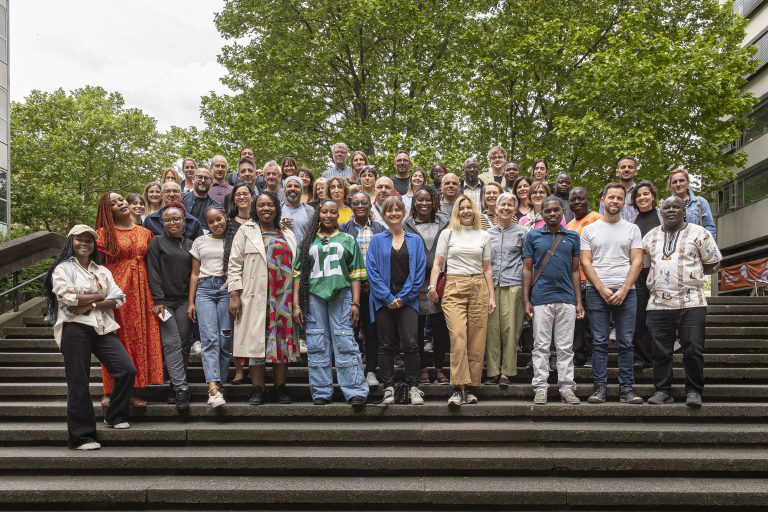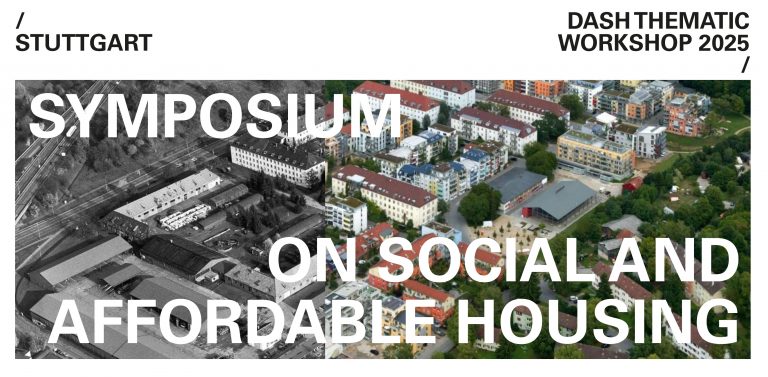By Dragana Miljanović
On April 10th, DASH members assembled at the Palácio D. Manuel for an exciting day in Évora. The day’s programme was organised by the Municipality of Évora, partner of the DASH project. It included a discussion with the President of Évora City Council; information about Évora’s successful bid to become European Capital of Culture in 2027, as well as its activities related to the “1st Right” national housing programme; and was topped off with a visit to the Malagueira neighbourhood designed by Álvaro Siza.
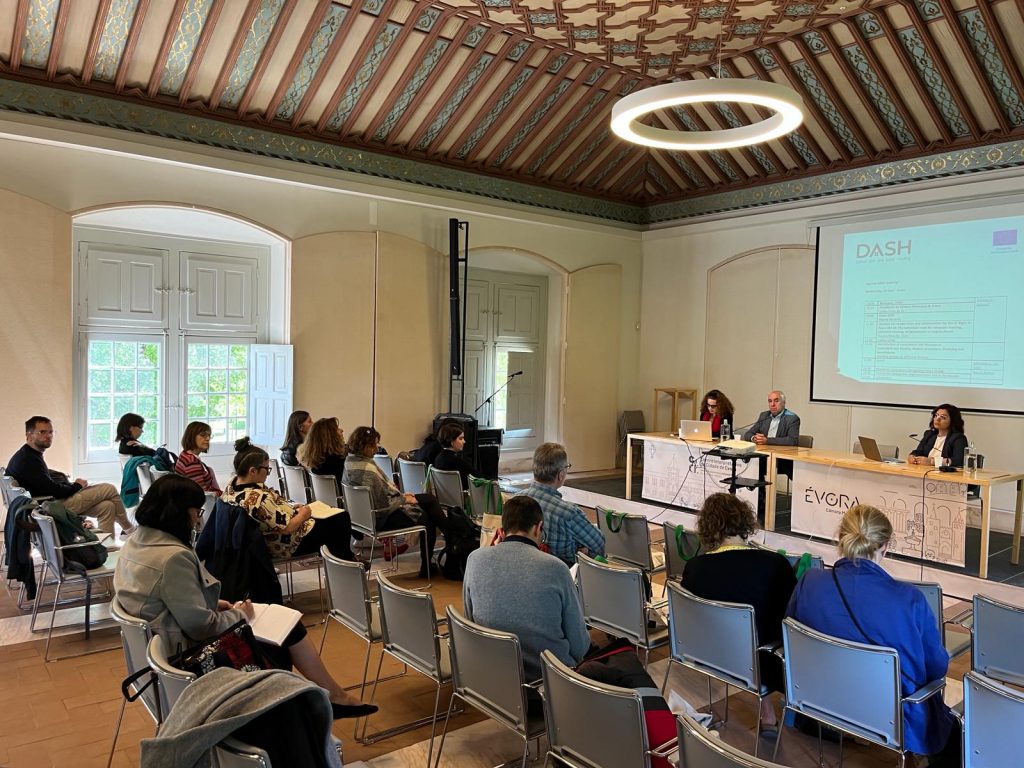
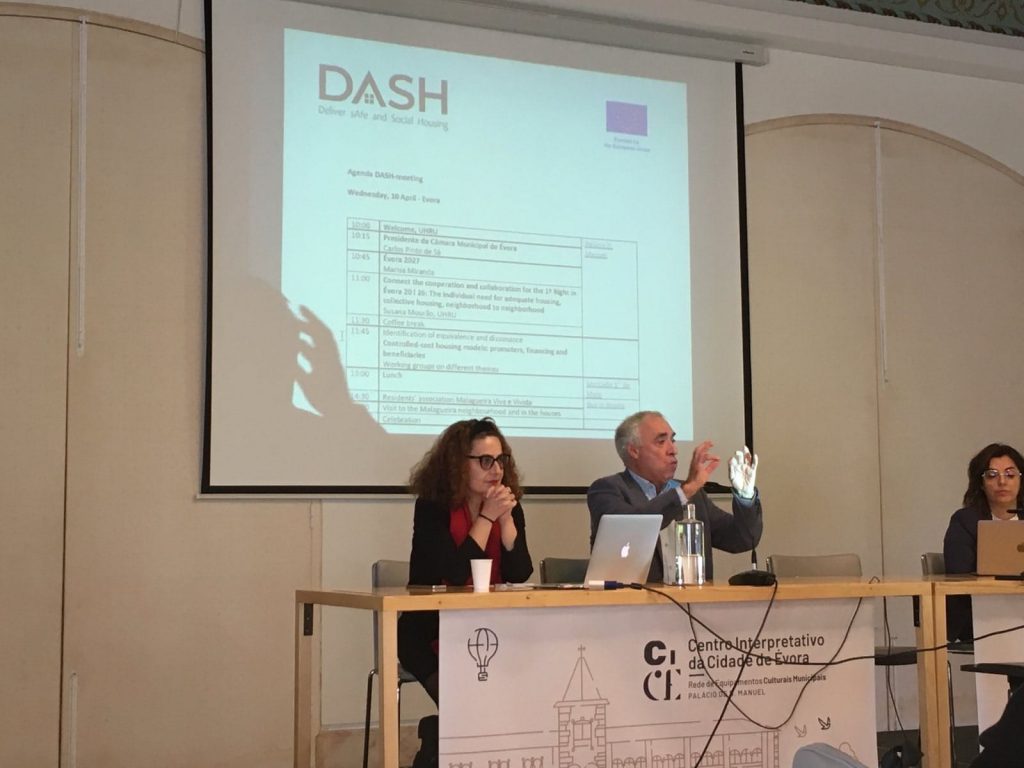
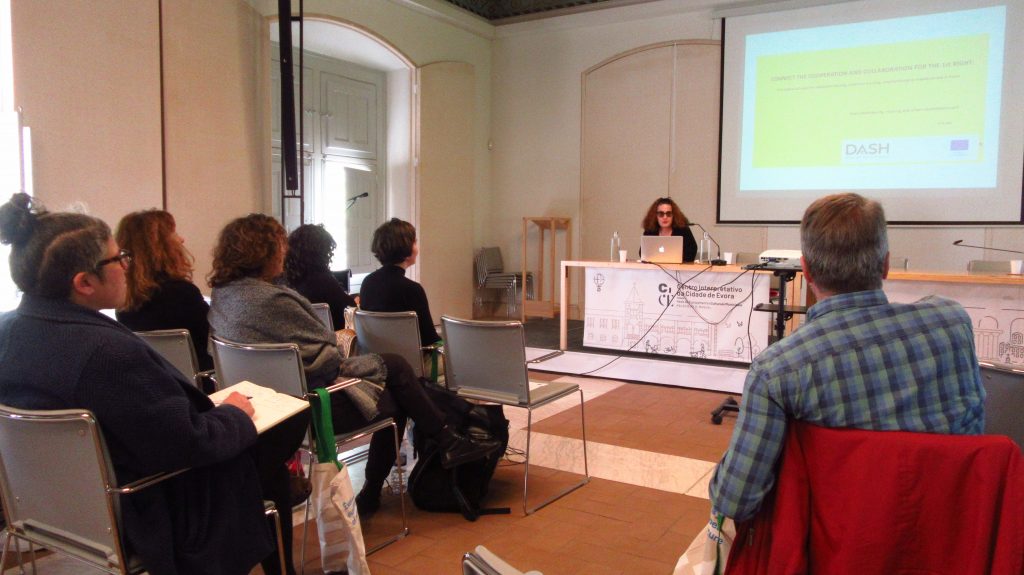
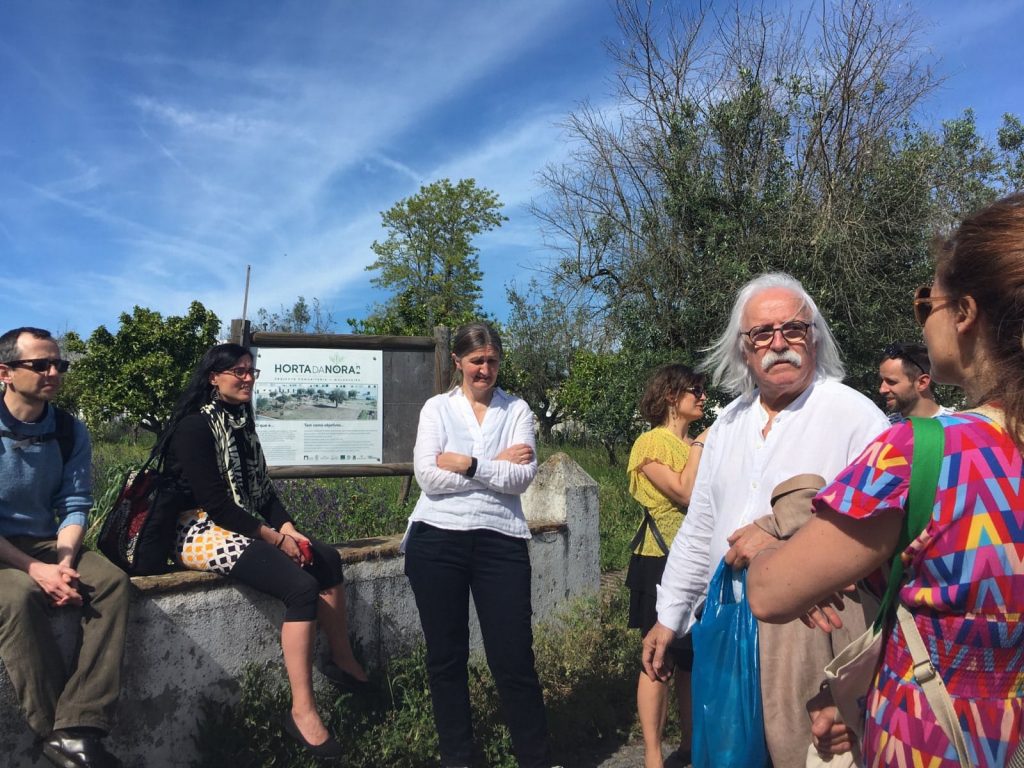
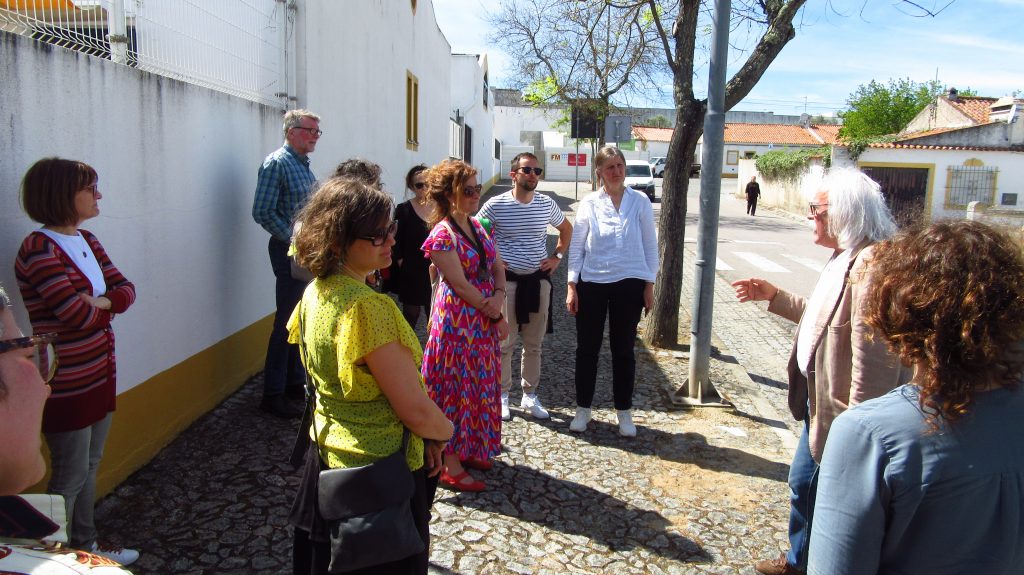
Credits for images: DASH project 2024
The programme began with a welcome by Susana Mourão from Évora City Council’s Housing and Urban Rehabilitation Unit (Unidade de Habitação e Reabilitação Urbana – UHRU), followed by an address by Carlos Pinto de Sá, President of the City Council. Mr Pinto de Sá gave an introduction about current housing policy as well as housing problems in the Municipality of Évora, especially those related to the shortage of social housing, and activities undertaken to develop adequate housing solutions.
Marisa Miranda, from the Évora 2027 Team, gave a brief description of Évora’s successful bid to becomeEuropean Capital of Culture in 2027. She highlighted the concept “Vagar” – which means a way of living in Évora and in the Alentejo region – and is the concept on which Évora’s candidacy for the European Capital of Culture is based. At the end of the presentation, the promotional film “Take Évora!” was shown.
Susana Mourão, from Évora City Council’s UHRU, started her presentation by giving an overview of the new public support housing programme ”1st Right — Housing Access Support Programme” (1º Direito — Programa de Apoio ao Acesso à Habitação, 2018), which is focused on families that live in indecent housing conditions and do not have the financial means to afford access to adequate housing. Next, she presented ”Évora’s Local Housing Strategy 2020–2026: Severe housing shortages” (Estratégia Local de Habitação de Évora 2020 l 2026 – Graves carências habitacionais, 2019), developed by the Municipality of Évora /UHRU. The strategy’s objective is to ensure that everyone has access to adequate housing. As she explained, the strategy identified the households that were living in a situation of housing vulnerability, and suggested various housing solutions (for both public entities and private owners) depending on the physical condition of the buildings, with controlled costs for rehabilitation.
After lunch, a bus took the participants to the Malagueira neighbourhood, a large social housing complex on the outskirts of Évora located to the west of the city centre, designed by architect Álvaro Siza.
Eduardo, a resident of Malagueira, presented key information about Siza’s project for the neighbourhood, among others. The project started in 1977, with plans for 1,200 households/dwelling units, and three types of tenure: cooperative, public and private; the social housing complex was built on a former agricultural estate called ʺQuinta da Malagueiraʺ, and was located near an existing informal settlement; and members of the residents’ association were involved in planning the new neighbourhood. The visit toMalagueira ended with a walk through the neighbourhood, which took in the park alongside the lake and the centre of the Association of Pensioners and the Elderly in the Malagueira (Associação de Reformados e idosos da Freguesia da Malagueira – ARIFM).
If you want to know more about the Malagueira neighbourhood, check out the interview that Évora 2027 recorded with Álvaro Siza, the architect.
